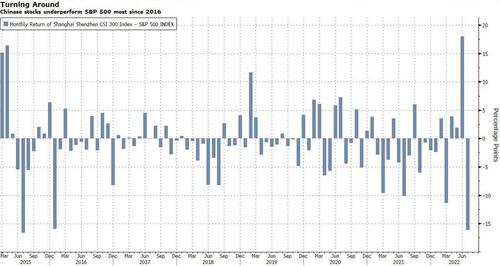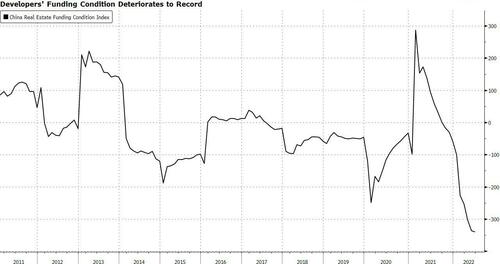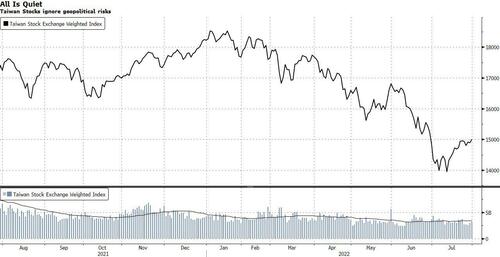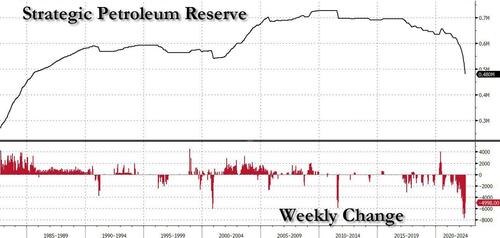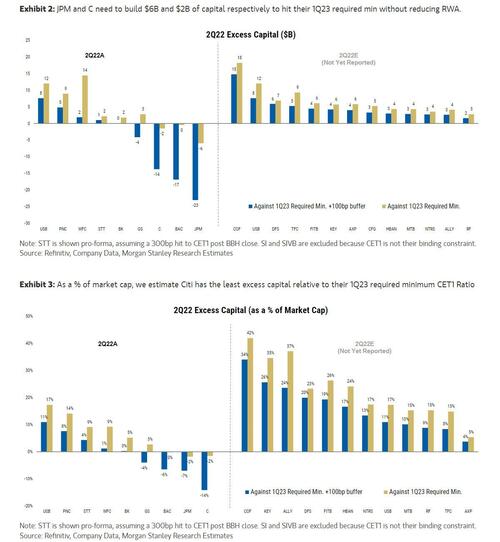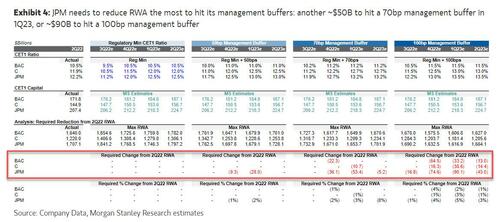Hawaii is receiving its final shipment of coal this week, which Gov. David Ige called a huge step forward in the state’s transition to clean energy. What he meant was that local are about to pay a lot more for basic essentials.
A law put in place a couple of years ago will finally shut down the island’s last coal burning power plant. And since coal is the dirtiest * but cheapest – source of power for Oahu, it means that all else equal, power prices are about to skyrocket.
“In its time, coal was an important resource for Hawai‘i and I’d like to thank the workers who have run our last remaining coal plant,” Ige said in a statement. “Renewable energy projects to replace coal are coming online with more on the way.”
“Even as we face challenges in making this transition, it’s the right move for our communities and planet. Most importantly, it will leave Hawaiʻi a better place for our children and grandchildren.”
So noble, Scandinavian teenagers would approve: there is just one problem: as KHON2’s Always Investigating reports, replacement power projects are behind schedule due to unexpected global events with supply chain issues, so Oahu residents should prepare to pay even more for electricity this fall. In other words, Europe’s catastrophic experience with the “Green transition” where an entire continent moved to “energy alternatives” some 30 years before it was ready to replace fossil fuels, is coming to at least one American state.
In the meantime, consumers can either cut back on power, try solar and batteries, or pay more for oil-generated power — which costs as much as five times more than coal.
The Kapolei plant has been Oahu’s largest single generator for three decades, meeting about 16% of the island’s peak electricity demand. Its closure on Sept. 1 means eliminating 180 megawatts of power, or about one-tenth of what Oahu needs. There is no ready replacement for this source of energy which is about to go offline.

But wait, it gets funnier: one year ago, Hawaii was stunned to learn that the “green facility” which is replacing the Kapolei coal plant, the 185-MW Kapolei Energy Storage Facility, will be charging its “enormous battery” … with oil! In other words, Hawaiians will be trading one fossil fuel (coal) for another, albeit one far more expensive. Or as the chair of PUC, Jay Griffin, complained, Hawaiians are “going from cigarettes to crack.”
“If there is not enough solar, wind, or battery storage energy to replace the AES plant, HECO would have to use oil instead to charge things like the upcoming 185-megawatt Kapolei Energy Storage Facility,” Pacific Business News reported.
It’s not a matter of “if,” however. The reality is there’s not enough wind, solar, or battery storage to replace the AES plant. Hawaiian Electric has made this quite clear in recent documents, noting that it would not be able to meet its year-two renewable target (75 percent) for “more than a decade.” – Source FEE Stories
Confused? Here is the simplified schematic:
- Oahu is permanently shutting down its final coal plant which provides 10-20% of the island’s energy
- Its replacement is an energy storage facility which however will need oil to charge its battery
- Hawaii is effectively replacing dirty coal power with just as dirty oil power, which however is far more expensive.
Translation:another brilliantly executed “green” revolution, or as FEE put it:
The project is a wonderful demonstration of why we should be wary of giving central planners more power over energy security. It’s an example of a phenomenon explained by Ludwig von Mises: that government policies often have exactly the opposite effect of what was intended.
In an address delivered before the University Club in New York in 1950, the economist explained how government policies often backfire in ways that are predictable. Here is an example he offered:
“The government believes that the price of a definite commodity, e.g., milk, is too high. It wants to make it possible for the poor to give their children more milk. Thus it resorts to a price ceiling and fixes the price of milk at a lower rate than that prevailing on the free market. The result is that the marginal producers of milk, those producing at the highest cost, now incur losses. As no individual farmer or businessman can go on producing at a loss, these marginal producers stop producing and selling milk on the market. They will use their cows and their skill for other more profitable purposes. They will, for example, produce butter, cheese or meat. There will be less milk available for the consumers, not more.”
These outcomes are of course contrary to the intentions of lawmakers, Mises pointed out. They wanted to make it easier for people to purchase milk, not reduce the supply of milk. But the result is the same, he observed, and that is the lesson.
So what can we do about it at home besides getting ready to write bigger checks to Hawaiian Electric Company (HECO)?
HECO vice president Jim Kelly suggests to “really be embracing the idea of conservation,” especially during peak hours. Between 5 p.m. and 9 p.m., don’t be cranking on the air conditioner, taking long showers, running the oven, or whatever else that requires electricity and water. And while blaming Putin might provide a few minutes of gratification, it won’t do anything for the accelerated depletion of your bank account.
